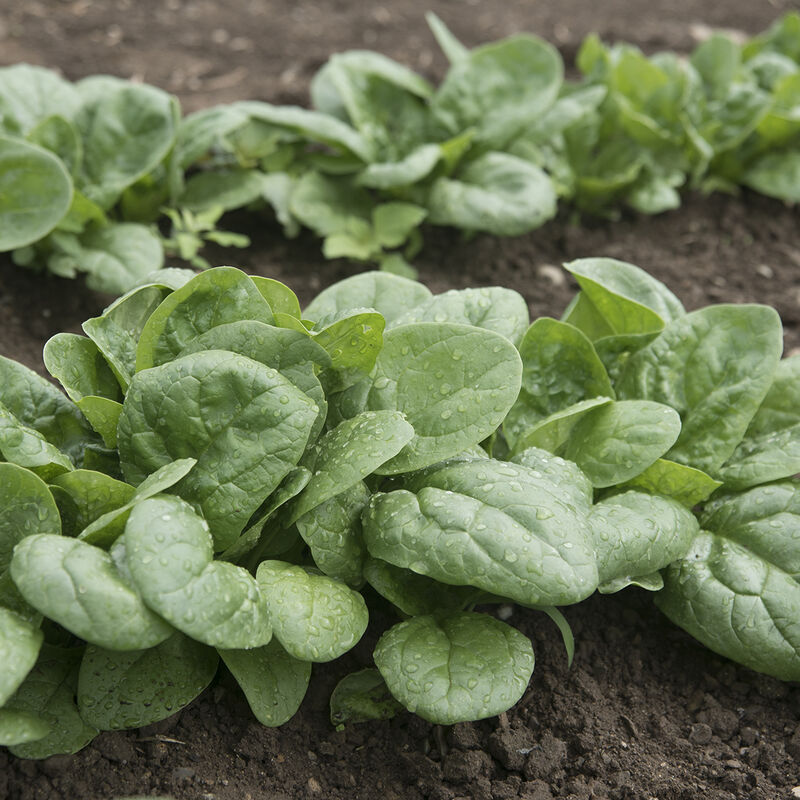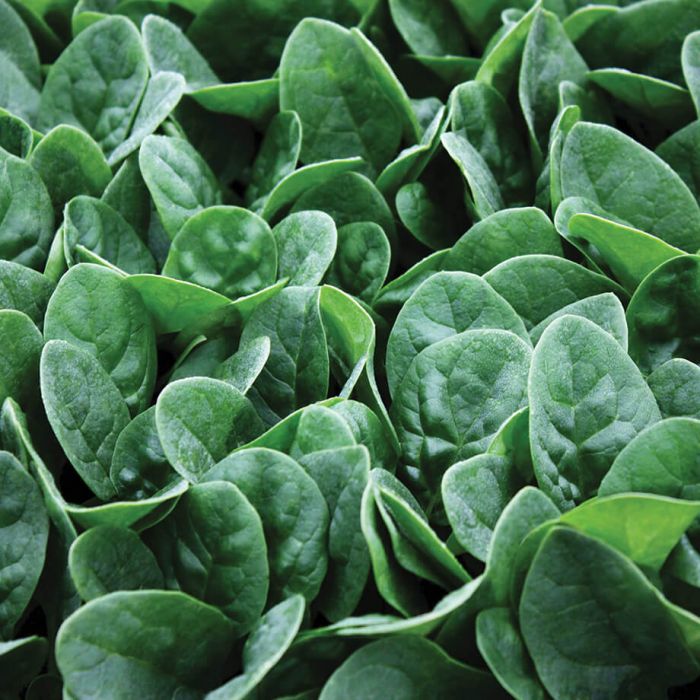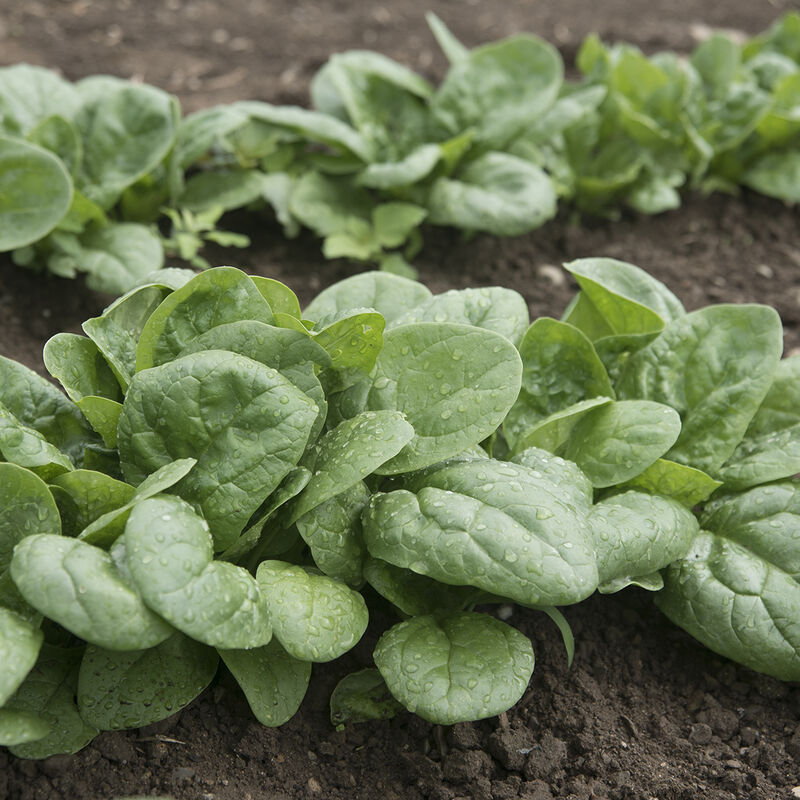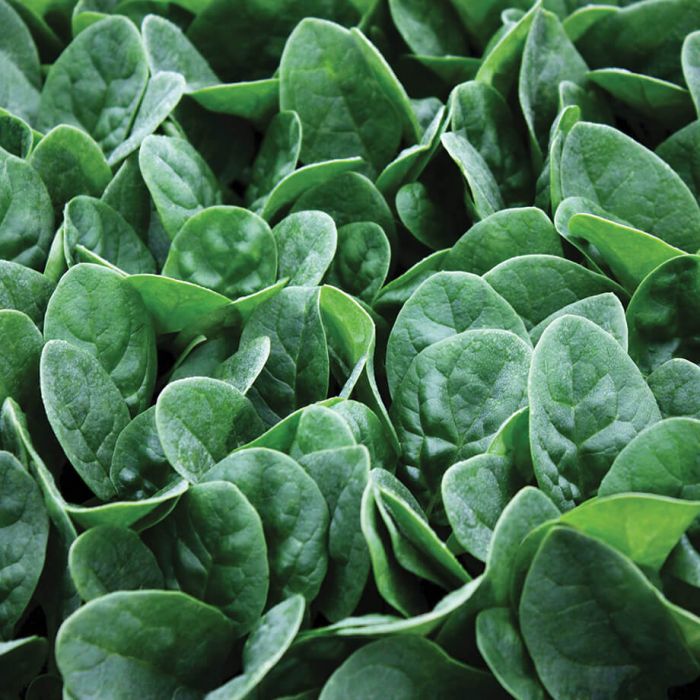Olive Seed Company
Spinach 'Seaside'
Spinach 'Seaside'
Couldn't load pickup availability
Spinacia oleracea — Seaside Spinach
Slow-bolting variety for spring and summer. Seaside has upright, dark green leaves, that are somewhat spade shaped. Stays small, which extends the baby leaf harvest window. Seaside spinach seeds produce very uniform, dark green baby leaf spinach for fast harvests and high volume production. The leaves are thick and succulent, with well developed flavour. The upright plants grow at a moderate rate, and work well in winter high tunnels. It is the best choice we have seen for baby leaf growers, and has good resistance to downy mildew.
DETAILS:
QTY: 400
SITE: Sun/ Part Shade
TYPE: Annual
DEPTH: 1/2"
GERMINATION: 7-14 days at 5 - 20°C
MATURITY: 30 days
SPACING: 2 - 3”
PINCH: No
HOW TO GROW:
Planting:
-
When to Plant: Spinach is a cool-weather crop and will bolt (go to seed) and become bitter in hot temperatures. Sow seeds directly into the garden as early as the soil can be worked in early spring, about 4-6 weeks before the last frost date. For a continuous harvest, make successive plantings every 10-14 days. For a fall harvest, sow seeds in late summer after the hottest part of the season has passed.
-
Where to Plant: Choose a location with full sun in spring and fall. In warmer climates or during the early summer, a spot with some afternoon shade can help prevent bolting.
-
Sowing Seeds: Sow seeds about 1/2 to 1 inch deep. Once the seedlings are a few inches tall, thin them to 6-12 inches apart, depending on the variety, to give them room to grow.
Soil & Fertilizing:
-
Soil Preference: Spinach is a heavy feeder and prefers fertile, well-drained soil that is rich in organic matter. A slightly acidic to neutral pH (6.5-7.0) is ideal.
-
Fertilizing: Amend the soil with plenty of compost or well-rotted manure before planting. A balanced, all-purpose fertilizer can be applied after the first harvest to encourage new growth.
Watering & Pests:
-
Watering: Keep the soil consistently moist. Spinach has shallow roots and will bolt quickly if the soil dries out. A layer of mulch can help retain moisture.
-
Pests: Common pests include leafminers, aphids, and slugs. Leafminer damage appears as squiggly lines on the leaves. Floating row covers can protect plants from these pests.
Harvesting:
-
Method: You can harvest spinach using a "cut-and-come-again" method. Begin harvesting leaves when they are large enough to eat, about 3-4 inches long. Use a sharp knife or scissors to cut the outer leaves, leaving the central leaves to continue growing.
-
Timing: Harvest before the plant sends up a flower stalk, as this indicates it is bolting and the leaves will turn bitter.
Shipping & Returns
Shipping & Returns


-
Free Shipping
Free Shipping on all orders in Canada over $125.00


